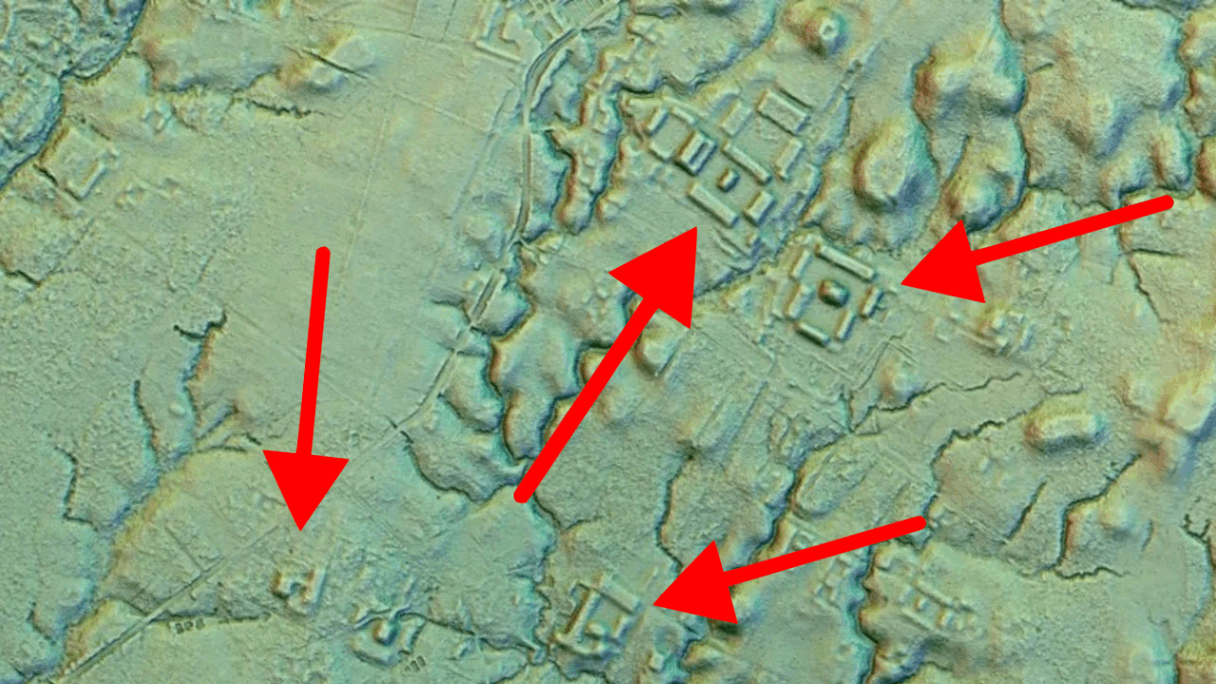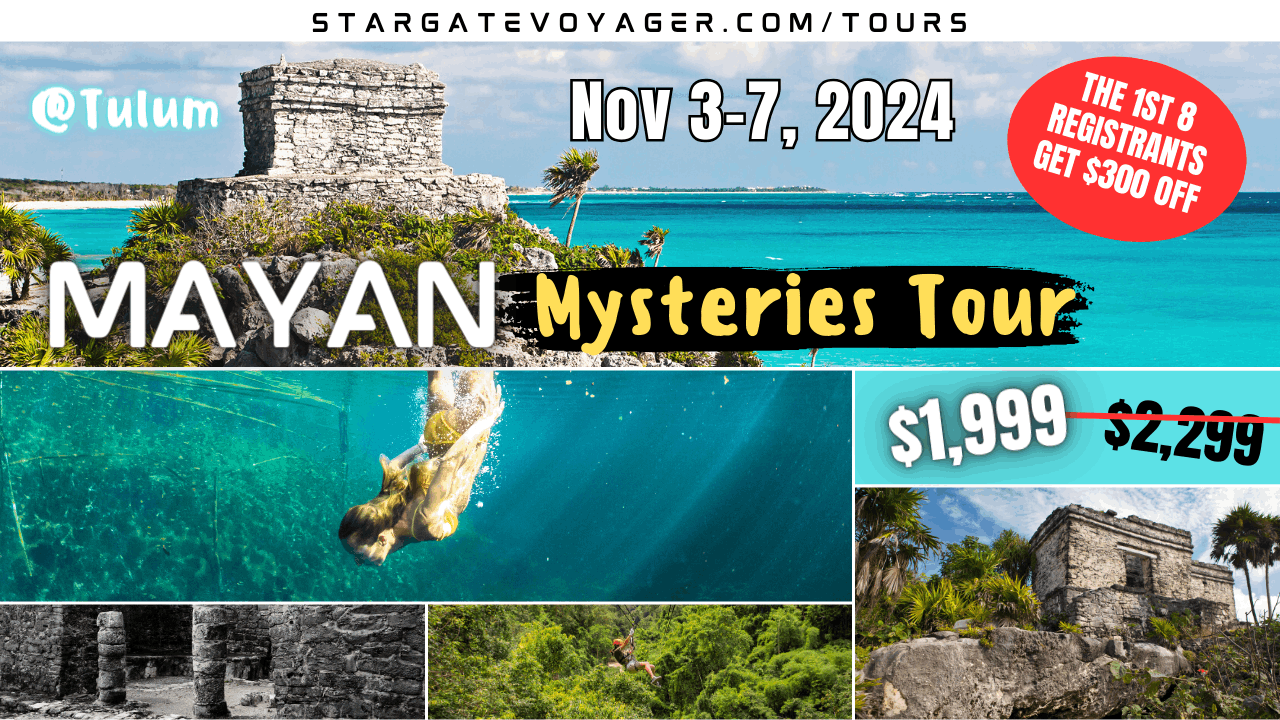

The dense and deep Ecuadorian rainforest has been concealing a secret lying under the shadows of the Volcanos above – an amazing ancient network of cities located in the Upano Valley.
Using laser sensors via air plane as well as ground excavations, archaeologists have unearthed the Amazon’s earliest and biggest example yet of citylike settlements.

This LiDAR technology found 6,000 rectangular platforms measuring about 20m (66 ft) by 10m (33 ft) and 2-3m high.
They were arranged in groups of three to six units around a plaza with a central platform.
It reveals a large, complex society that appears to be even bigger than the well-known Mayan societies in Mexico and Central America.

It is believed that the city was built around 2,500 years ago, and its inhabitants lived there for up to 1,000 years, according to archaeologists.
The discovery changes what we know about the history of people living in the Amazon as it was believed that people only lived nomadically or in tiny settlements in the Amazon.
The finding settles the debate about whether the ancient Amazon was habitable and builds on evidence including pyramids and earthworks that have been uncovered over the past 20 years.

“This is older than any other site we know in the Amazon. We have a Eurocentric view of civilisation, but this shows we have to change our idea about what is culture and civilisation,” says Prof Stephen Rostain, director of investigation at the National Centre for Scientific Research in France, who led the research.
“It changes the way we see Amazonian cultures. Most people picture small groups, probably naked, living in huts and clearing land – this shows ancient people lived in complicated urban societies,” says co-author Antoine Dorison.

It is difficult to accurately estimate how many people lived there at any one time, but scientists say it is certainly in the 10,000s if not 100,000s.
A network of straight roads and paths connected many of the platforms, including one that extended 25km (16 miles). Dr Dorison said these roads were the most striking part of the research.
“The road network is very sophisticated. It extends over a vast distance, everything is connected. And there are right angles, which is very impressive,” he says, explaining that it is much harder to build a straight road than one that fits in with the landscape.

There were signs of threats to the cities – some ditches blocked entrances to the settlements, and may be evidence of threats from nearby people.
“Imagine that you discovered another civilisation like the Maya, but with completely different architecture, land use, ceramics,” says José Iriarte, a professor of archaeology at University of Exeter, who was not involved in this research.

Some of the findings are “unique” for South America, he explains, pointing to the octagonal and rectangular platforms arranged together.
The societies were clearly well-organised and interconnected, he says, highlighting the long sunken roads between settlements.

“It’s a gold rush scenario, especially for the Americas and the Amazon,” says Christopher Fisher, an archaeologist at Colorado State University in Fort Collins who has scanned sites throughout the Americas but was not involved in the new research. “Scientists are demonstrating conclusively that there were a lot more people in these areas, and that they significantly modified the landscape,” he says. “This is a paradigm shift in our thinking about how extensively people occupied these areas.”